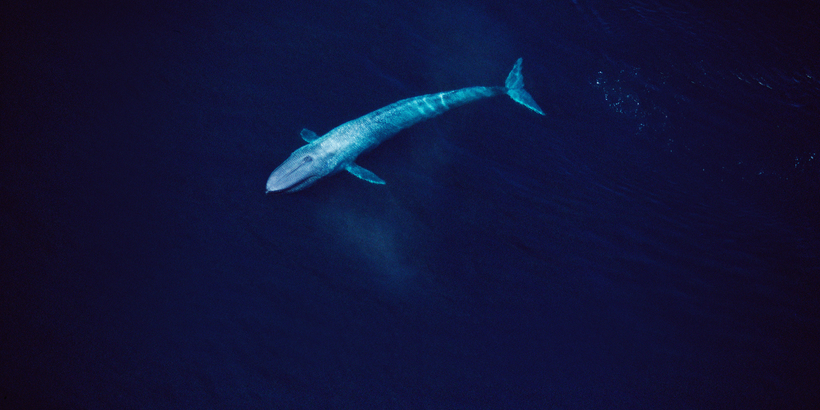Blue whales off the Californian coast will soon make one of the natural world’s great voyages, a 4,000-mile trip south to warmer waters. Thanks to a new understanding of how they sing, it will be possible for the first time to hear them bidding adieu.
After eavesdropping on the whales for five years, researchers have learned that they change their singing habits as they prepare to migrate.
The advance in deciphering their calls could allow the movements of the world’s biggest animals to be predicted with a new level of precision, laying the groundwork for a kind of air traffic control system for the oceans to prevent collisions with shipping.
The research involved listening to whales using underwater microphones off the coast near Monterey. At the same time 15 of the animals were tagged with sensors, allowing any shifts in musicality to be linked to the movements of individuals for the first time.
Thanks to a new understanding of how they sing, it will be possible for the first time to hear them bidding adieu.
During the summer, when the whales gorged on krill to build up fat reserves, they sang mostly during the night. As they prepared to travel to lower latitudes for the winter, their trills and bellows happened primarily during the day.
Scientists had seen possible glimpses of the day-night pattern before, but had not been able to tie it to a behavior.
It is possible, the researchers say, that the shifting song patterns broadcast information across vast distances. Blue whales are the loudest animals on the planet, their atonal calls traveling for more than 600 miles underwater. If humans can interpret these signals to determine whether they are foraging or migrating, other whales may be doing the same.
William Oestreich, a graduate student in biology at Stanford University’s Hopkins Marine Station, who led the study, said: “Blue whales exist at incredibly low densities with enormous distances between them but, clearly, are sharing information in some way.”
Blue whales are the loudest animals on the planet, their atonal calls traveling for more than 600 miles underwater.
The findings depart from previous assumptions that whale songs, which are made only by the males and exist on the furthest reaches of human hearing, are strictly used as mating calls.
The whales that were studied feed off the west coast of North America during the summer, after which they swim to the Pacific coast of Central America to breed in the winter.
“A lot of folks are interested in this kind of work in an applied sense — how this can help the management of marine habitats and mitigating risks of ship strikes on these animals in crowded shipping lanes,” Mr Oestreich said. “This certainly isn’t a silver bullet for that, but you could see it contributing to it.”
The study was published yesterday in the journal Current Biology.

